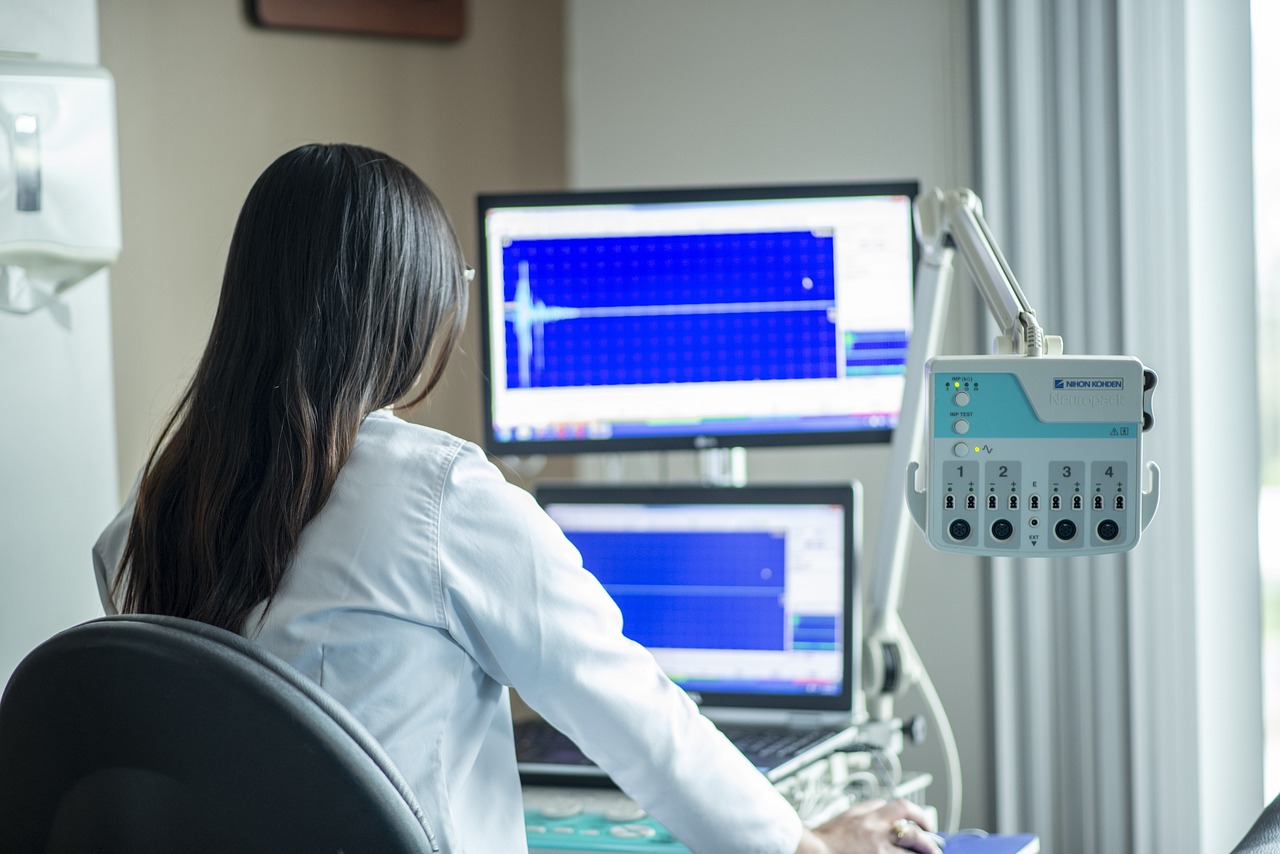
Hospitals today face immense pressure to balance high-quality care while controlling costs. With healthcare expenses steadily rising and patient expectations for top-notch service increasing, they must find innovative ways to improve efficiency wherever possible. One area offering great potential to optimize workflows, reduce costs, and improve patient outcomes is the strategic use of mobile medical equipment.
Mobile medical equipment refers to medical devices and technologies mounted on wheeled carts for easy transport between patient rooms, diagnostic departments, and other areas of the hospital. This equipment includes mobile ventilators, medication and supply carts, portable ultrasound machines, and mobile EKG machines.
With the flexibility to move equipment to the patient’s bedside and between departments, mobile medical technologies allow for more efficient care delivery than fixed, wall-mounted devices in each location.
If you are managing a medical facility, utilizing mobile medical equipment can help you enhance your workflow and drive greater efficiency in several ways. Here are some of the top benefits:
1. Faster Patient Transports
Transporting patients between departments for tests and procedures is time-consuming and ties up valuable staff resources. Mobile medical equipment can help streamline this process and ensure continuous care for patients. Patients can be safely transported with portable monitors, IV pumps, and other critical equipment without disrupting vital treatments. This allows for faster transfer times between departments.
For example, patients needing an X-ray can quickly move from their room to radiology. It can be smoothly done with a portable EKG machine monitoring their heart rate throughout the transport. Reducing delays improves efficiency and prevents dangerous gaps in care during the vulnerable transport period. In such a scenario, Roam medical supply carts can be highly useful. These carts, designed for mobility and convenience, can carry all necessary medical equipment, ensuring that patient transport is faster, safer, and more efficient.
2. Flexible Room Utilization
Mobile medical equipment enables hospitals to convert rooms into specialized care spaces based on real-time demand. This greatly improves bed utilization rates and flexibility. Any appropriate room can rapidly be converted into an ICU or procedure room in an emergency without extensive installation of fixed equipment.
For instance, a standard room can quickly become an intensive care space with mobile ventilators, infusion pumps, and monitoring devices. This allows bed allocation to shift dynamically based on patient acuity and hospital census. Resources can be deployed efficiently without needing to transfer patients between units.
3. Enhanced Patient Experience
A positive patient experience is crucial for patient satisfaction and loyalty. Mobile medical equipment contributes to a better patient experience by minimizing the disruptions and inconveniences associated with traditional hospital procedures. Patients appreciate the convenience of receiving care at their bedside, leading to higher satisfaction levels and improved perceptions of the hospital’s quality of care.
Moreover, bringing medical equipment to the patient’s bedside avoids unnecessary transfers between hospital units. This reduces the health risks of moving critically ill patients, ensures continuous care, and decreases staff demands. Patients can remain in their rooms for tests and minor procedures instead of moving to different departments in a hospital.
4. Increased Flexibility and Adaptability
The healthcare landscape is dynamic, with patient needs and demands changing rapidly. Mobile medical equipment gives hospitals the flexibility and adaptability to respond to these changes effectively. For example, during a surge in patient admissions, mobile units can be quickly deployed to provide additional capacity, helping hospitals manage unexpected spikes in demand. This adaptability is crucial for maintaining high-quality care and patient satisfaction, even in challenging circumstances.
5. Easy Access for Multiple Caregivers
Multiple caregivers can access and view the equipment simultaneously, such as vital sign monitors, ventilators, and infusion pumps. This allows bedside nurses, physicians, specialists, and other care providers to observe important information and the patient’s status at a glance. This eliminates the need to create a rush around fixed wall-mounted units or take turns to view individual pieces of equipment.
Easy visibility facilitates rapid second opinions from consulting doctors, close monitoring of higher acuity patients, and improved collaboration between healthcare team members.
In addition, medical devices like wireless telemetry monitors allow patients to ambulate safely while still being continuously monitored. This improves quality of life and reduces risks associated with prolonged immobilization.
6. Enhanced Patient Safety
Mobile medical equipment often incorporates integrated alarm systems to alert staff to critical changes in a patient’s condition or vital signs. This allows caregivers to rapidly respond to deteriorating patients and intervene before adverse events occur. Additionally, central monitoring capabilities help identify unstable patients across units for prompt attention. Mobile medical equipment can easily be shifted between higher and lower acuity patients as their status changes, optimizing resource utilization.
For example, wireless telemetry units can continuously monitor patients at risk for cardiac attacks. IV infusion pumps can incorporate drug libraries and dosing limits for added safety. Vital signs spot checks can be performed on a mobile laptop connected wirelessly to peripheral devices. This improves efficiency while still generating alerts if important parameters become abnormal.
7. Infection Control
Infection control is a top priority in healthcare settings, and mobile medical equipment can contribute significantly to this effort. With the ability to move equipment from one patient’s room to another, hospitals can minimize the risk of cross-contamination. Additionally, mobile devices are often designed with infection control in mind, featuring materials and surfaces that are easy to clean and disinfect. This reduces the potential for healthcare-associated infections, improving patient safety and outcomes.
Conclusion
The stress on hospitals to control expenses while improving quality and safety is immense. Optimizing clinical workflows through mobile medical equipment represents an evidence-based opportunity to achieve these goals. The benefits of optimizing hospital efficiency with mobile equipment are far-reaching and transformative. These innovative solutions are revolutionizing the healthcare landscape, offering hospitals the tools to provide high-quality care while managing costs effectively.
Mobile devices allow flexible room utilization, rapid emergency response, enhanced caregiver communication and infection control, increased access to technologies, and more.
Comments
comments